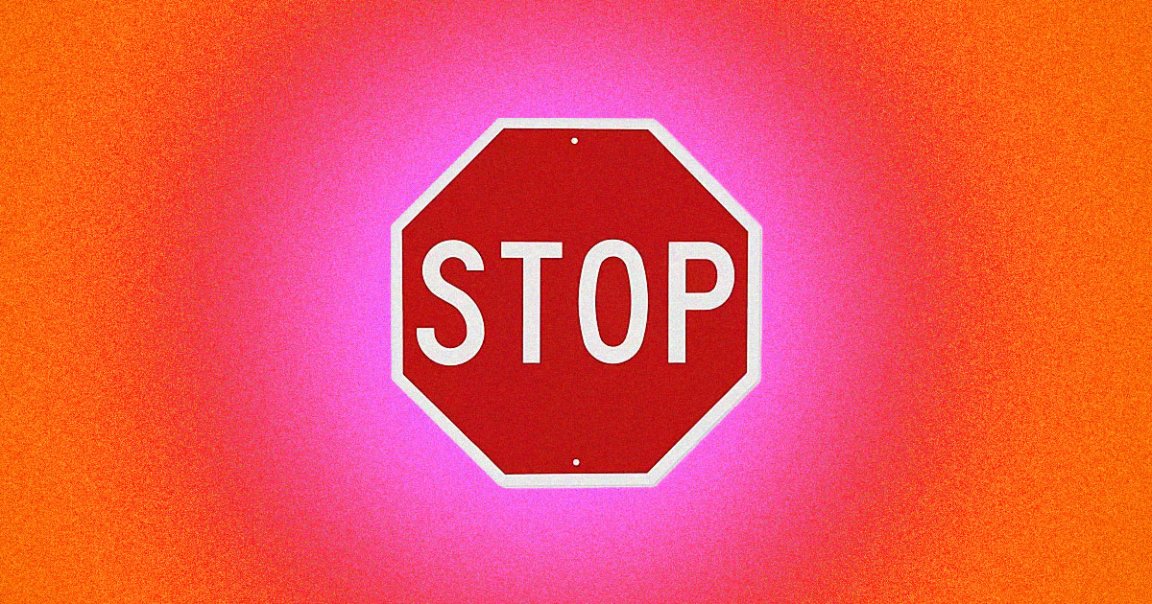
When you roll up to a stop sign in a car, what do you do? Do you come to a complete stop, or do you slow down to a crawl before picking up speed again?
Spoiler alert: the latter, known as a “rolling stop” or a “California roll,” is illegal in most places.
Tesla is seemingly leaving the decision up to its drivers when it comes to its infamous self-driving software suite misleadingly called “Full Self-Driving” (FSD), The Verge reports — yet another instance of the Elon Musk-led company playing fast and loose when it comes to the rules of the road.
In the software’s beta, first released back in October in a bid to let customers iron out the kinks on public roads, users can now choose between three profiles: “Chill,” “Average,” and “Assertive.”
In both the Average and Assertive profiles, the vehicle “may perform rolling stops,” according to an in-car description.
It’s important to note, however, that it’s unclear whether Teslas are actually trained to not come to a full stop at stop signs specifically, as The Verge points out. Rolling stops at yield signs, for instance, are generally above board.
While in the Assertive profile, the vehicle will also shorten its follow distance and “perform more frequent speed lane changes” — the kind of irritating driving that more responsible motorists look down on.
Unsurprisingly, the ambiguous setting is kicking up controversy.
“I guess ‘Road Rage Mode’ didn’t fit on the screen,” tech journalist David Zipper wrote in a scathing tweet.
Tesla has been in deep water with safety regulators for quite some time. Most recently, the National Highway Traffic Safety Administration announced that it’s investigating the company for allowing drivers to play video games while driving.
In other words, the carmaker already isn’t exactly a favorite among regulators. National Transportation Safety Board (NTSB) chair Jennifer Homendy, for instance, laid down a gauntlet during an October interview with CNBC.
“It’s not full self-driving,” she told the broadcaster, “unless you’re saying the driver is actually driving the car. Which in this case, it isn’t full self-driving technology. It’s misleading.”
Last year, the US National Highway Traffic Safety Administration (NHTSA) also opened a formal investigation into Tesla’s Autopilot feature following a series of accidents in which Teslas smashed into stationary emergency response vehicles.
By this point, it’s clear that Tesla is attempting to push self-driving technologies and legal limits to the breaking point — and there are bound to be major stumbling blocks along the way, as Musk has admitted himself.
Does that mean we have to allow cars to behave recklessly on public roads? To many, the answer is a straightforward no.
READ MORE: Tesla’s ‘Full Self-Driving’ beta has an ‘assertive’ driving mode that ‘may perform rolling stops’ [The Verge]
More on Tesla: Tesla Forced to Recall Almost Half a Million Cars